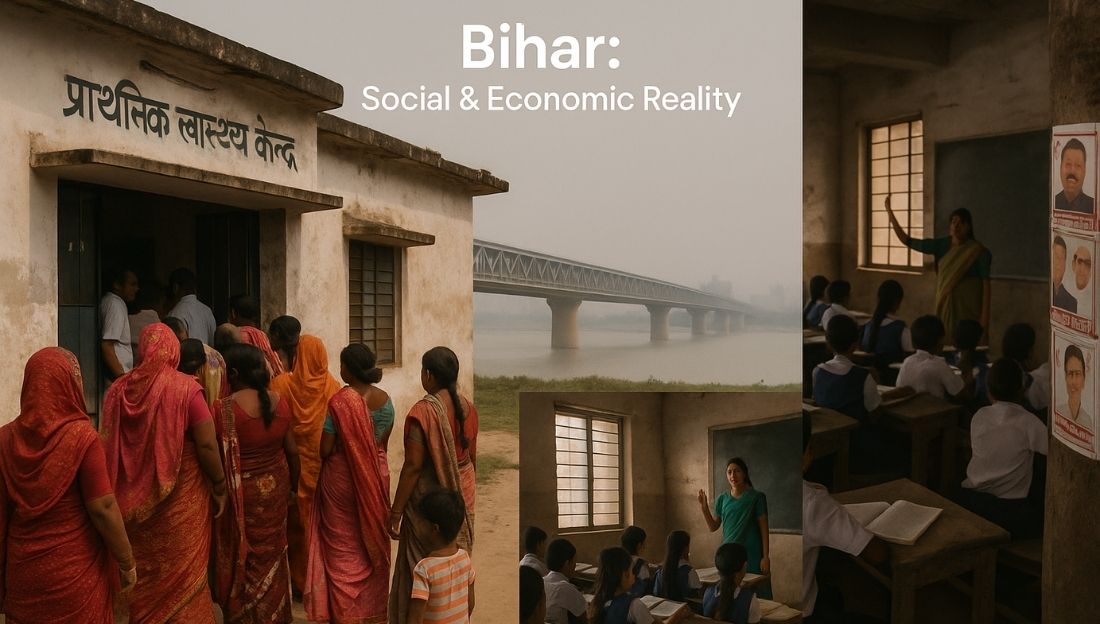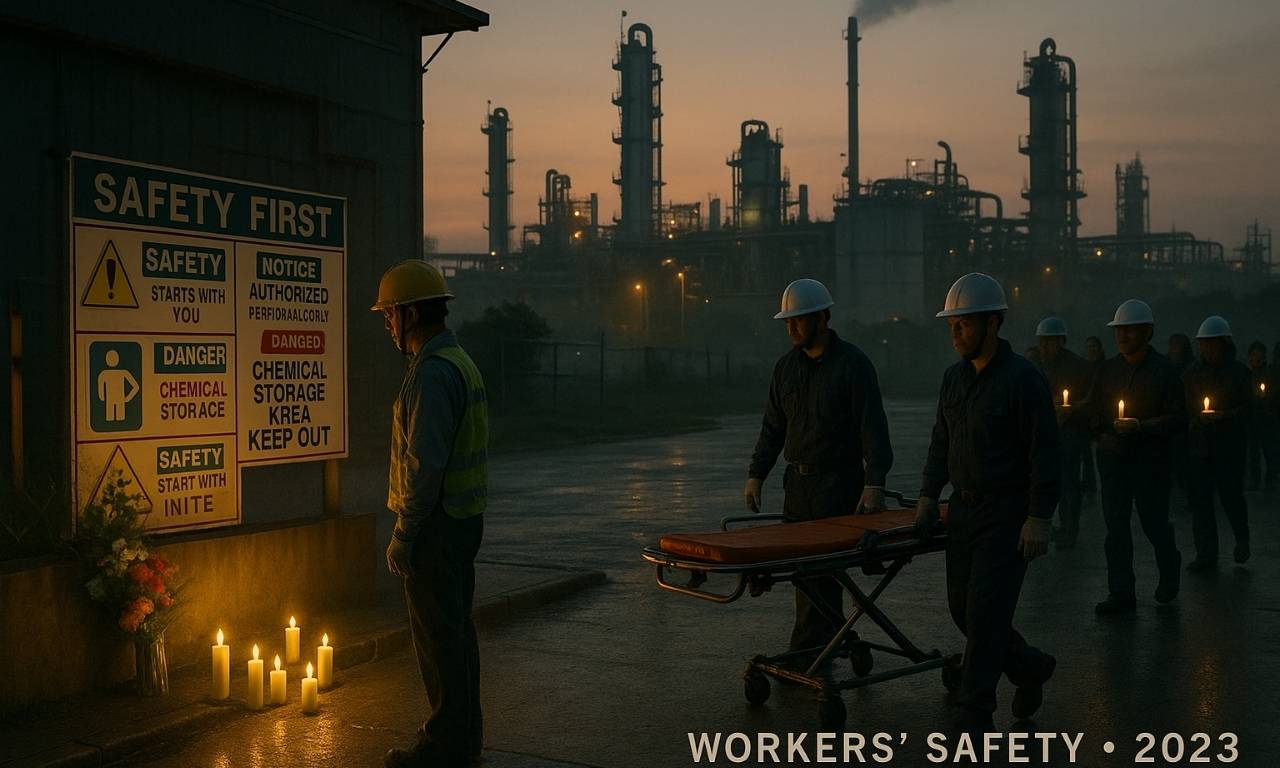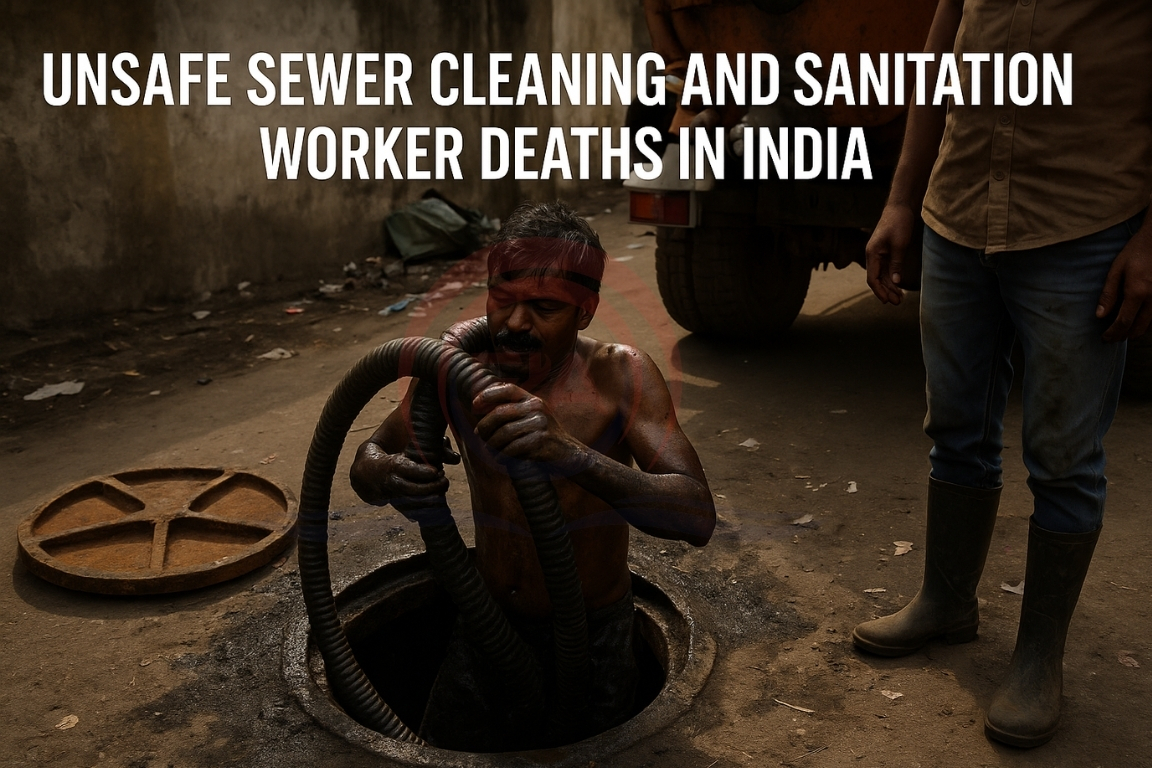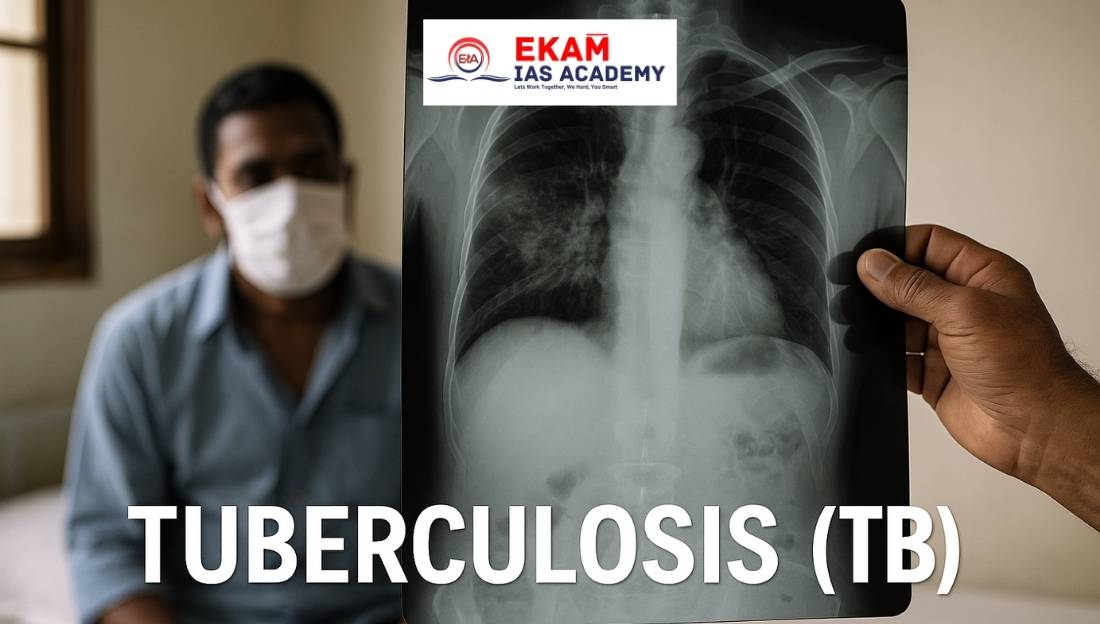Ahead of the upcoming Bihar Assembly elections (November 2025), recent data highlights that Bihar continues to perform poorly across most social and economic parameters, ranking last among major Indian States in (HDI), health and education indicators.
Background
- Bihar is preparing for Assembly elections scheduled for November 6 and 11, with results on November 14.
- An analysis of national datasets (NFHS, HDI, and economic surveys) shows that Bihar’s progress in health, education, and income remains far behind the national average.
- Despite some improvements in infrastructure and welfare coverage, the State’s social outcomes continue to lag.
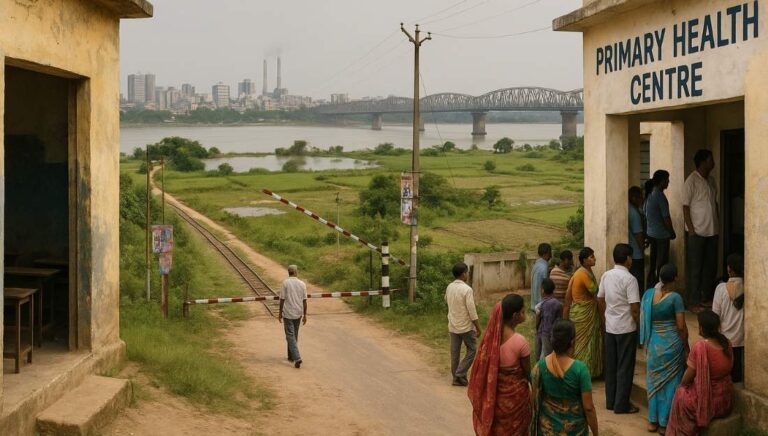
Education and Gender Indicators
- Only 61% of women in Bihar had ever attended school (2019–21), one of the lowest in India.
- About 41% of women aged 20–24 were married before 18 years — the second highest rate in India.
- Bihar ranked 28th in higher secondary enrolment (35.9%) and second last in college enrolment (17.1%).
- The State also recorded one of the highest dropout rates among secondary school students.
Health and Nutrition Status
- Bihar’s infant mortality rate (IMR) was 46.8 per 1,000 live births, higher than the national average of 35.2.
- It had the lowest access to improved sanitation and the highest share of underweight children.
- The share of wasted children (underweight for height) worsened from 20th position (2015–16) to 27th (2019–21).
- The State failed to rank among the top 15 in any health or women empowerment parameter since 2005.
Economic and Employment Indicators
- Bihar’s HDI score (0.609) is the lowest among 27 States (India’s average: 0.644).
- Per capita Net State Domestic Product (NSDP) for 2023–24 was the lowest in India, showing limited economic growth.
- Employment in manufacturing (6%) and services (25%) sectors is minimal, indicating a dominance of low-income agricultural jobs.
Environmental Performance
- Despite poor human development outcomes, Bihar performed better in environmental parameters:
- Generated only 0.61 tonnes of plastic waste per 1,000 people (ranked 6th).
- Recorded the lowest per capita fossil fuel consumption, partly due to limited industrial activity.
Conclusion
Bihar’s persistent underperformance across social, health, and economic sectors underscores the urgent need for targeted investments in human capital, industrial growth, and education reform. As the State heads into elections, development indicators may become a key issue shaping the political discourse.
This topic is available in detail on our main website.


